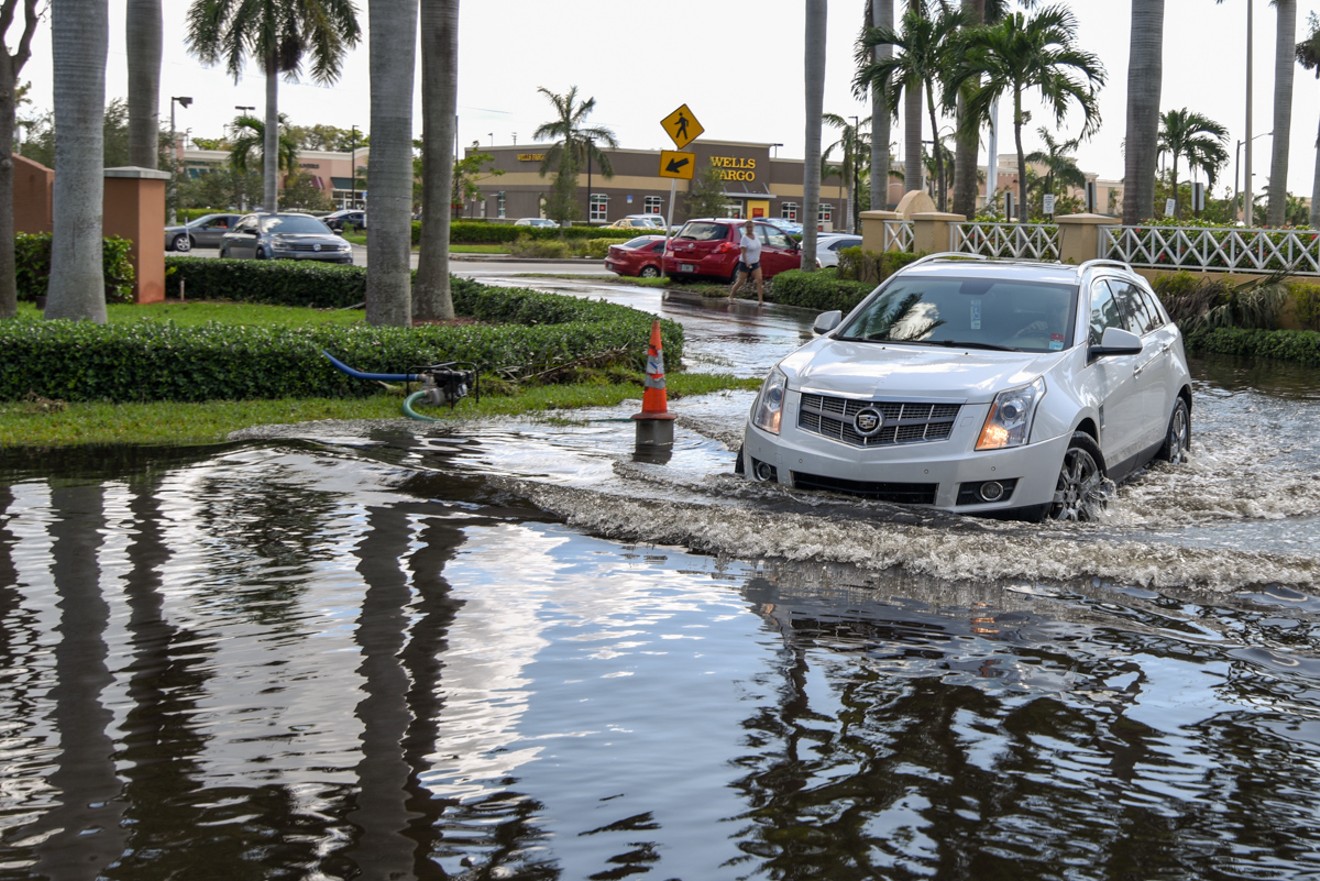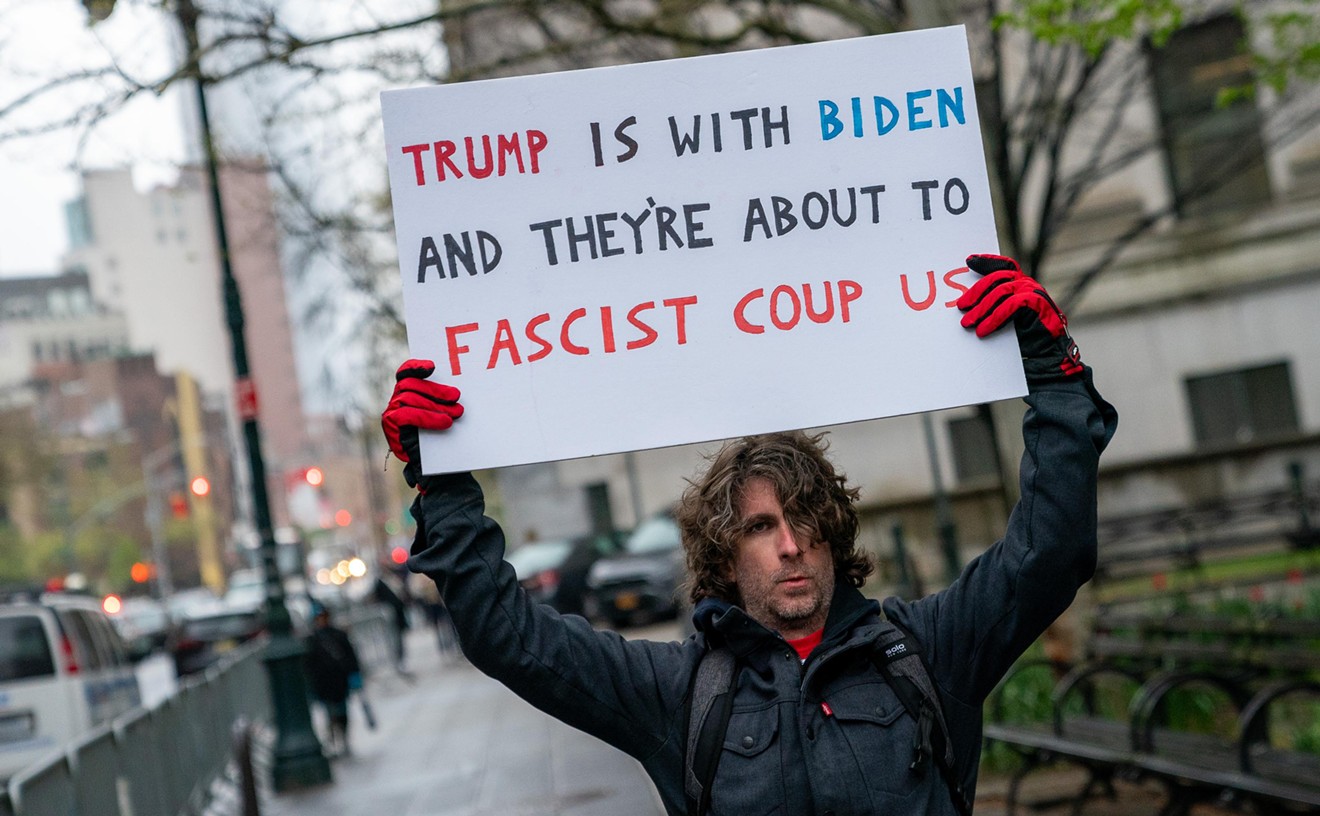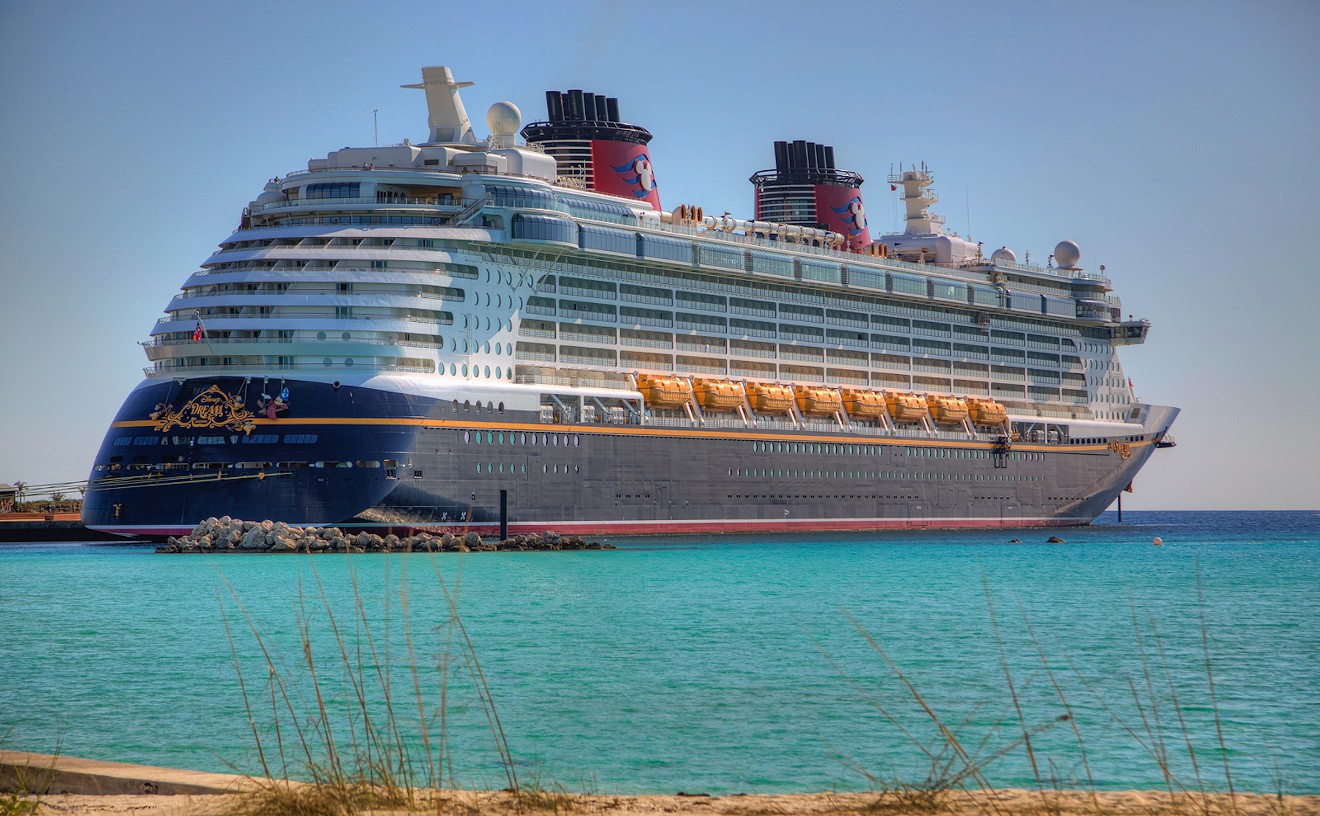Hurricane Irma did more than
But Miami also got whacked hard this past week, and South Floridians are still barely getting their power and air conditioning back. It's been a rough week — but it's certainly been rougher for some compared to others. Here's a rundown of who really got shafted during the storm:
1. Every FPL customer:
Four days after Irma, millions of Floridians are still stuck without power in the sweltering summer heat. Those outages have now killed eight elderly people trapped in a Hollywood nursing home without air conditioning, due to circumstances that FPL was warned about at least two days before the tragedy.Nearly 90 percent of FPL's customers lost power, and FPL rules mandate that you are not allowed to power your home with solar panels during a blackout.
Many of those powerless residents are now asking hard questions of the area's power monopoly, which has spent millions of dollars fighting policies that would have strengthened the grid in the event of a major storm like Irma and, more broadly, stemmed the carbon-fueled climate change likely fueling monster storms.
"I am one of the many that has now been without power for more than two days as a result of Hurricane Irma," Elise McKenna, a West Palm Beach resident, told New Times via email. "My confusion came when so many of us lost power during the early hours of the storm that basically avoided us. We've been told time and time again that rate increases were to help prepare us for future storms."
2. Black Miami:
Per Uncle Luke:
The Hurricane Irma recovery effort is in full swing, but once again Miami's hardest-hit African-American communities have to fend for themselves.
In tourist destinations like Miami Beach, TV news reports blast video of crews clearing debris and downed trees and FPL contractors restoring power. Meanwhile, residents in the poorest sections of Overtown and Liberty City are sweltering in cramped apartments with no electricity for days and running out of essentials. And many of them can't afford to take advantage of the discounted rates Miami Beach hotels are offering Florida residents displaced by the hurricane.
3. The elderly:
Most of South Florida remains in the dark after Hurricane Irma, and with each day that passes without power, tragedies become likelier. Today eight nursing home patients in Hollywood succumbed to the Florida heat and died early this morning. Broward County officials said three died at the property at 1200 N. 35th Ave., which includes the Rehabilitation Center at Hollywood Hills and the Larkin Community Hospital, after the hurricane reportedly knocked out a transformer that powered the hospital's air conditioner. The remaining five died at a nearby hospital.
4. Farmworkers in Homestead:
The South Dade Center is a subsidized housing project for the huge farmworker community in Homestead, the rural town south of Miami that has been repeatedly blasted by hurricanes since Andrew hit in 1992. Most of the area's residents are of Mexican or Central American descent and make little money working in the sun-baked fields and plant nurseries that feed the rest of Florida.
Now, many residents of the South Dade Center say Homestead has abandoned them since Hurricane Irma hit: The center flooded and lost power over the weekend, and residents and activists who spoke to New Times say they haven't seen a single power-company truck even scope out the neighborhood all week. Homestead operates its own electric grid independent of Florida Power & Light, and residents and activists describe the center as a sun-baked sauna where it's cooler to sleep outside and get bitten by mosquitoes than it is to stay indoors.
Just after noon yesterday, a group of activists with the Florida Immigrant Coalition and other groups began blasting Homestead officials with calls and social media posts, demanding the city help the residents of what it calls the "South Dade Labor Camps." (Perhaps change that name, guys.)
The push seems to have worked: By 3:30 p.m., the site's administrator told New Times that the neighborhood was slated to get power back by Sunday night. Hours later, around 6 p.m., Homestead updated its projections and said the area's electricity would likely be fully restored by [Friday night.]
5. Vizcaya Museum & Gardens and Fairchild Tropical Botanic Garden:
Opened in 1938, Fairchild Garden, an 83-acre plot off Matheson Hammock Park, features extensive collections of rare plants including cycads and baobab trees, as well as exotic butterflies from Central and South America and more than a dozen lakes
Before the hurricane hit, the garden’s 86 staff members had already begun preparation of the facilities and plant nurseries, pruning fragile branches off trees and evacuating the butterflies to a secure laboratory. Even so, with a massive property of 83 acres, much of the grounds were exposed to the elements. Due to Fairchild's precarious location near the coastline, all staff members were evacuated before the storm.
Within 30 hours, the storm had destroyed or damaged most of the park’s nonnative trees. Some trees were uprooted, while the limbs of others broke and fell. “The overwhelming impact was tree debris,” says Lewis, adding there was also some flooding around the lakes.
Vizcaya fared even worse:
Over the weekend, roof tiles were ripped off, the back lawn was doused in wet mud, and the museum’s café and basement were flooded despite being equipped with heavy hurricane doors and glass. Even the museum’s renowned tea house lost its wooden trellis roof. “Thankfully, plans were already underway for a full restoration,” the tweet reads.6. Lolita the orca:
This past weekend, as Hurricane Irma battered Florida from coast to coast, hundreds of thousands of South Floridians boarded up their windows and fled to shelters, desperate to escape massive flooding and falling debris. But amid the chaos, one Miami native was left a victim to the elements: Miami Seaquarium's 21-foot-long blackfish, Lolita the orca.
As powerful winds drove waves against the Rickenbacker Causeway and sailboats washed ashore, Lolita was abandoned in a naked tank that was less than four times her body length and covered only by a flimsy tin roof.












